Thoughtful layouts and color schemes can evoke feelings of calmness or energy, depending on the intended purpose of the space. For instance, warm colors and soft textures in a bedroom can promote relaxation, while bright colors and open spaces in an office can stimulate creativity and focus. The psychological effects of design elements are profound, making it essential to consider how a space will be used and experienced by its occupants.
Functionality is another critical aspect of interior design. A space must cater to the needs of its users, providing practical solutions for everyday activities. This includes optimizing the flow of movement, ensuring adequate storage, and selecting furniture that enhances usability. Designers often consider the specific needs of individuals, such as accessibility for those with disabilities or creating family-friendly spaces. By prioritizing functionality, interior design can make daily tasks more manageable and enjoyable.
Becoming increasingly important in interior design. As awareness of environmental issues grows, many homeowners and designers are seeking eco-friendly materials and practices. Sustainable design not only reduces the ecological footprint but also promotes healthier living environments. This can include using recycled materials, selecting low-VOC paints, and incorporating energy-efficient appliances. Embracing sustainability in design reflects a commitment to both personal well-being and the health of the planet.
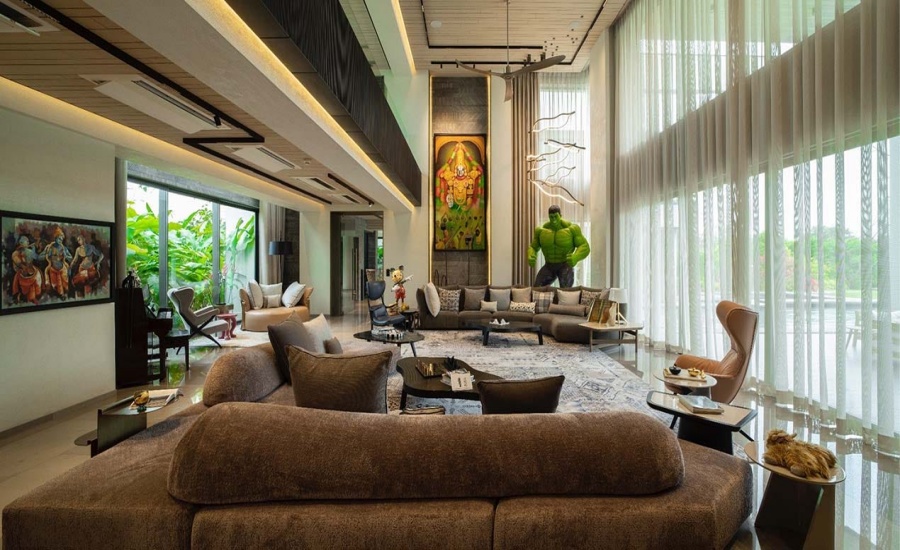
Trends in interior design are constantly evolving, influenced by cultural shifts, technological advancements, and lifestyle changes. Staying informed about current trends can inspire innovative ideas that enhance a space. For example, the rise of remote work has led to an increased focus on home office design, emphasizing ergonomics and multifunctional furniture. Incorporating trendy elements while maintaining a personal touch can create a harmonious balance between contemporary style and individual preferences.
Collaboration with professionals can elevate the design process. Interior designers bring expertise and creativity to the table, helping clients navigate complex decisions about space planning, color selection, and material choices. Their insights can transform a vision into reality, ensuring that the final result aligns with the client’s goals. Engaging with a designer can also save time and reduce stress, as they handle logistics and coordinate with contractors.
Budget considerations are essential when embarking on an interior design project. Establishing a clear budget helps guide decisions and prioritize spending. Homeowners should evaluate where to invest more for maximum impact, such as high-quality furniture or custom cabinetry, while finding cost-effective solutions for other areas. Balancing quality and affordability can lead to a beautifully designed space without financial strain.
Importance of interior design cannot be overstated. It shapes the way individuals experience their environments, impacting their mood and productivity. By focusing on functionality, sustainability, current trends, professional collaboration, and budget management, anyone can create spaces that are not only visually appealing but also enhance quality of life. Understanding these aspects empowers individuals to make choices that reflect their values and lifestyle, ultimately leading to more fulfilling living and working spaces.


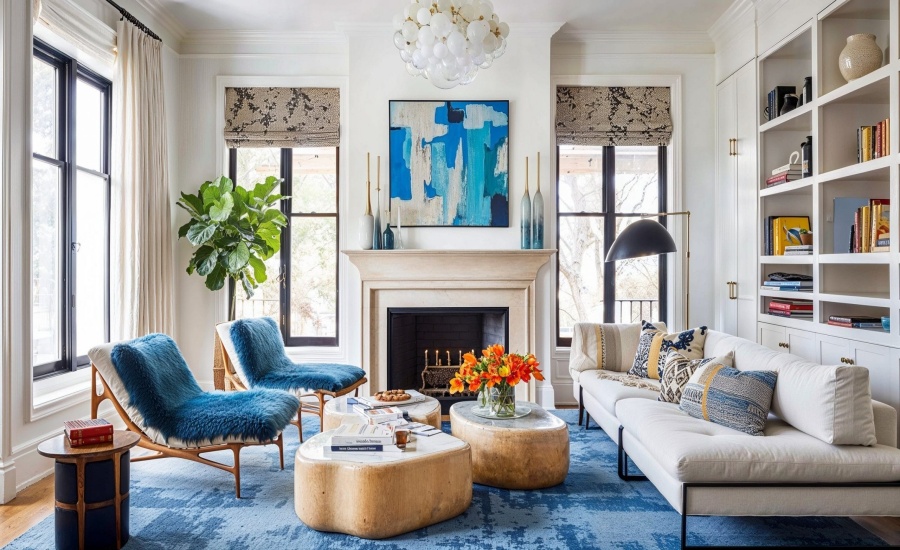
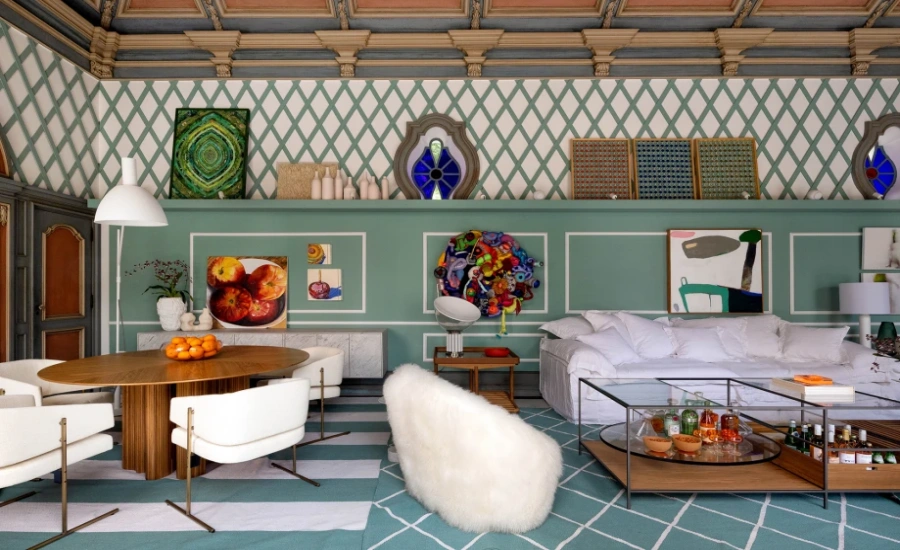
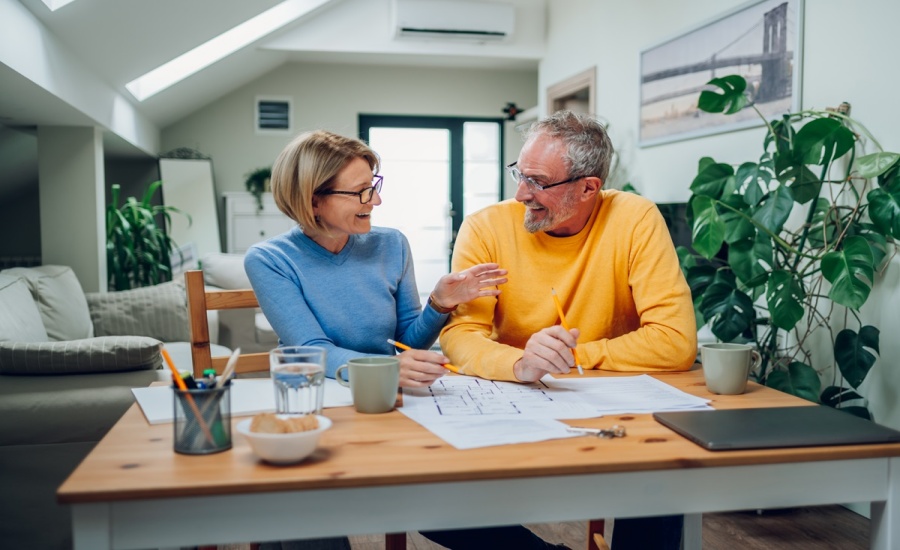
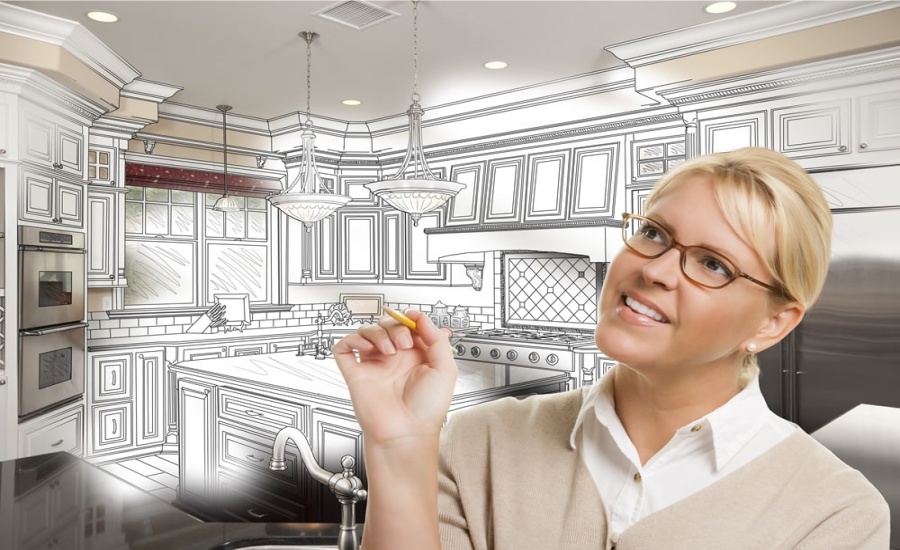
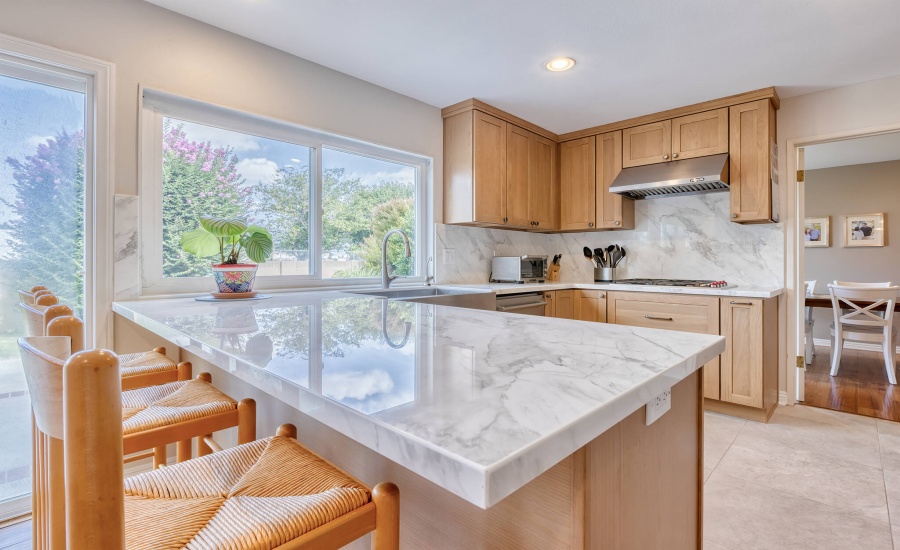

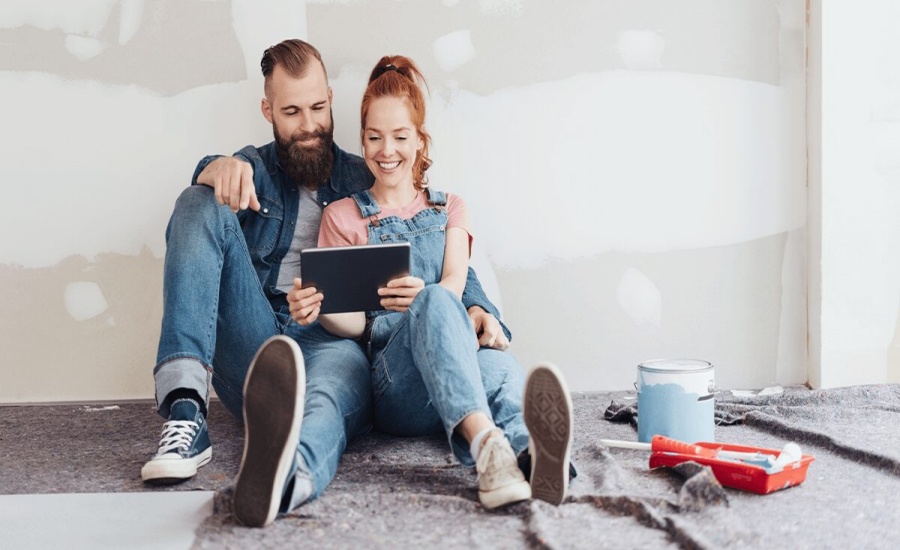
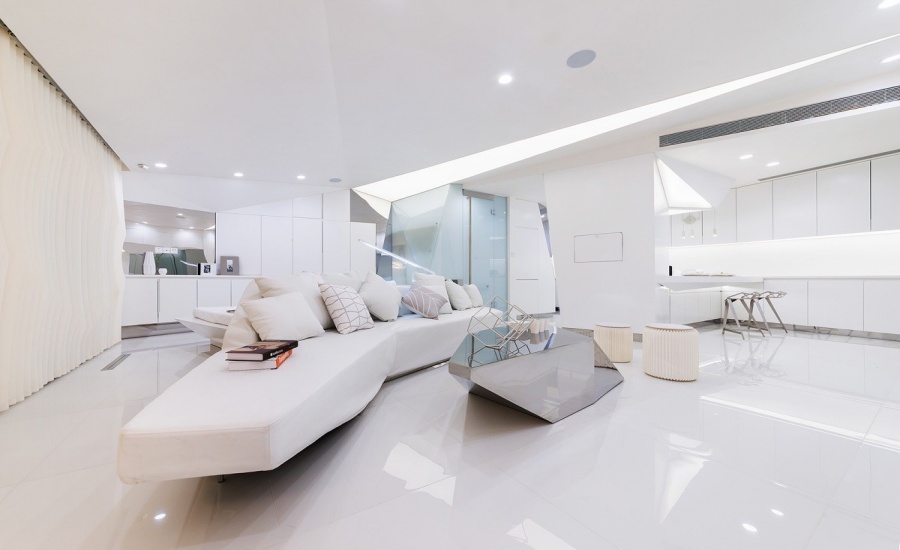
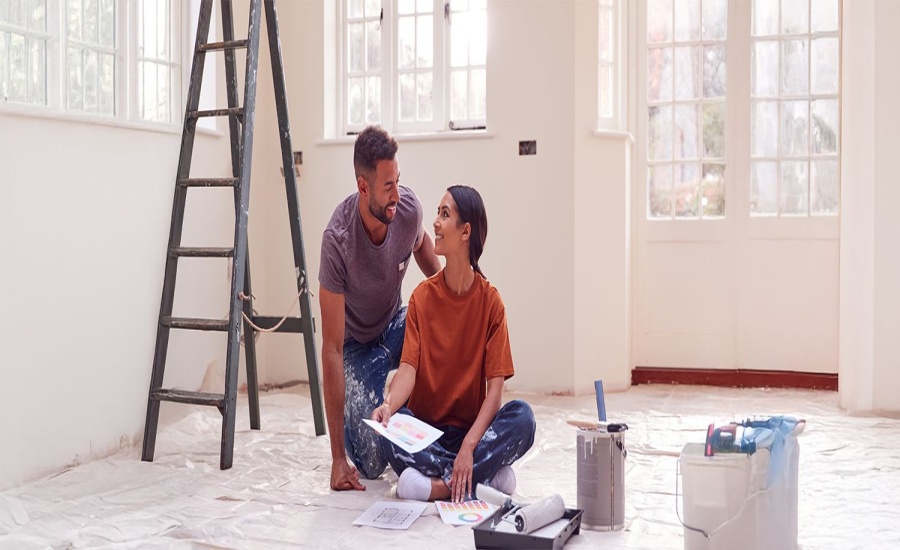
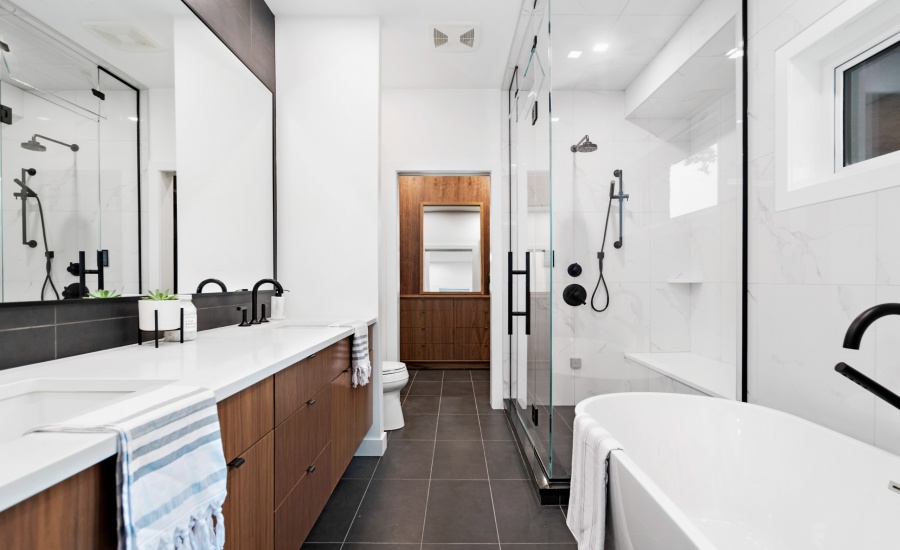
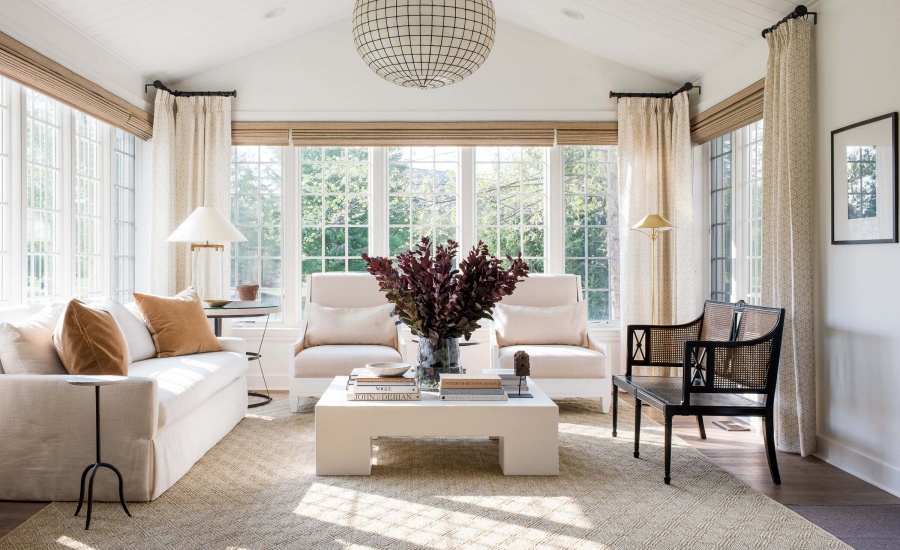
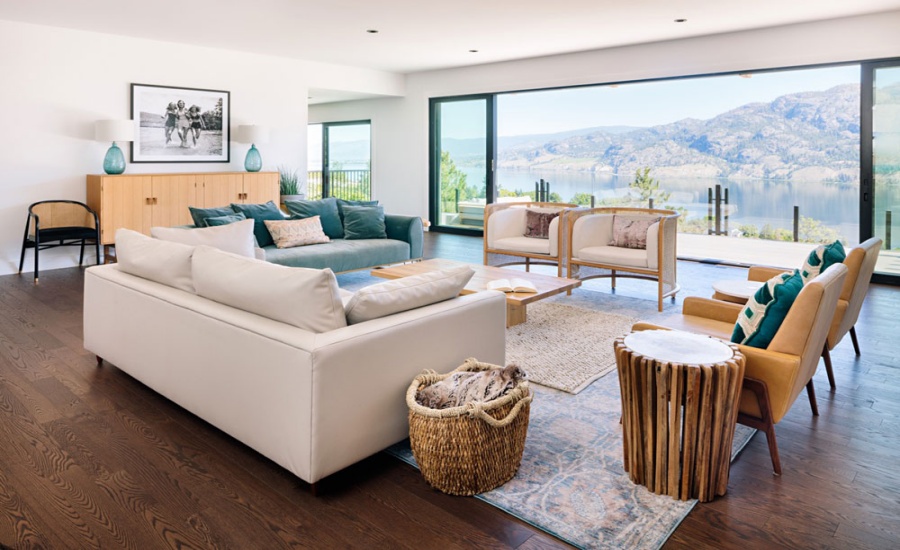
Leave a Reply